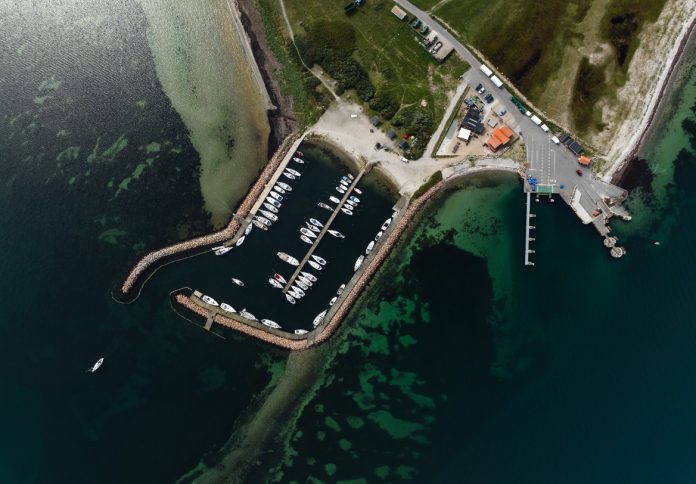
A new study from Monash University has found that sandy coastlines, which cover about half of the world’s continental margins, are a previously unrecognised source of methane emissions.
The research, published in Nature Geoscience, shows that seaweed and seagrass washing up on beaches release compounds that feed methane-producing microbes, overturning long-held assumptions about the role of coastal ecosystems in storing carbon.
Principal investigator Professor Perran Cook, from Monash University’s Faculty of Science Climate Hub, said the findings challenge widely accepted views in marine science.
“This new finding not only challenges a fundamental assumption in marine science, but calls into question what we thought we knew about the role of sandy coastline ecosystems in greenhouse gas production,” Professor Cook said.
The study identified two new strains of methane-producing microbes at sites in Port Phillip Bay and Westernport Bay in Victoria, as well as in Denmark.
The microbes were found to survive oxygen exposure and resume methane production quickly, despite previous scientific understanding suggesting otherwise.
Professor Cook said the discovery adds to a growing body of evidence suggesting that methane emissions from decaying seaweed and similar biomass may reduce the overall climate benefits often attributed to coastal vegetation.
“Our work contributes to the growing body of evidence that shows methane emissions from decaying biomass like seaweed may offset much of the carbon dioxide removal attributed to coastal ecosystems,” he said.
The research also linked algal blooms to methane release, noting that warming seas and nutrient pollution may worsen the issue.
“With rising sea temperatures, species invasions and increasing nutrient pollution, we’re seeing more frequent algal blooms and biomass accumulation on beaches,” Professor Cook said.
“This could lead to larger and more frequent pulses of methane to the atmosphere, which in turn contributes to rising sea temperatures.”
First author and Monash PhD candidate Ning Hall said the team will now examine how widespread methane production is in coastal environments. “From here, we need to understand this process in more detail,” Hall said.
“Our research will look at how different species of seaweeds and ocean conditions affect these microbes. This will then allow us to reassess and better predict how much methane is being produced in the coastal zone.”
The study was supported by the Australian Research Council and carried out with collaborators from the University of Southern Denmark, the Monash-led research centre Securing Antarctica’s Environmental Future (SAEF), and the Monash Biomedicine Discovery Institute.



















